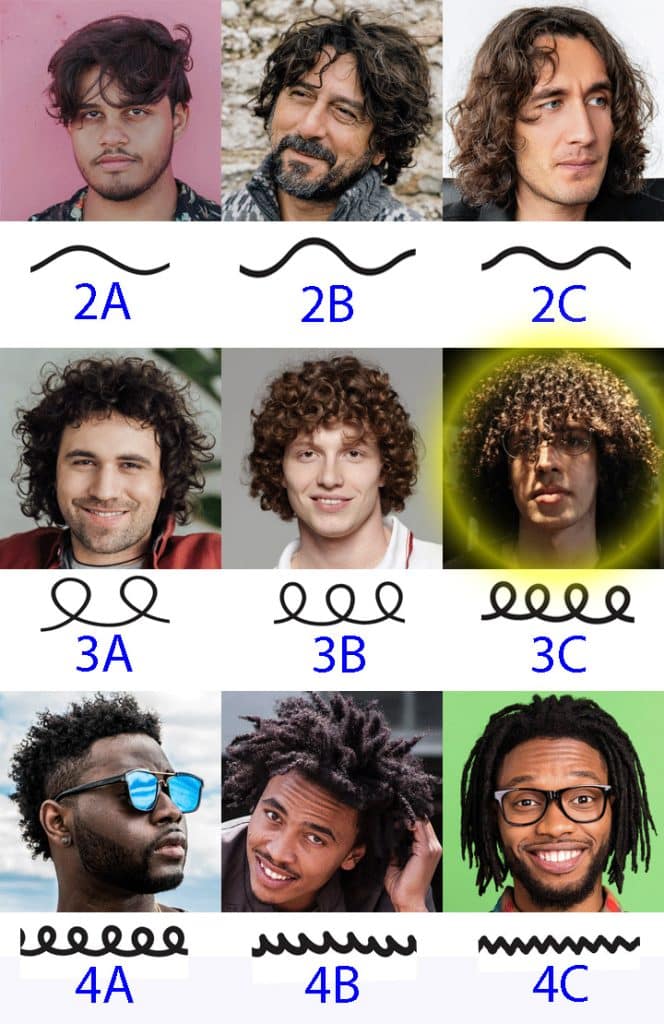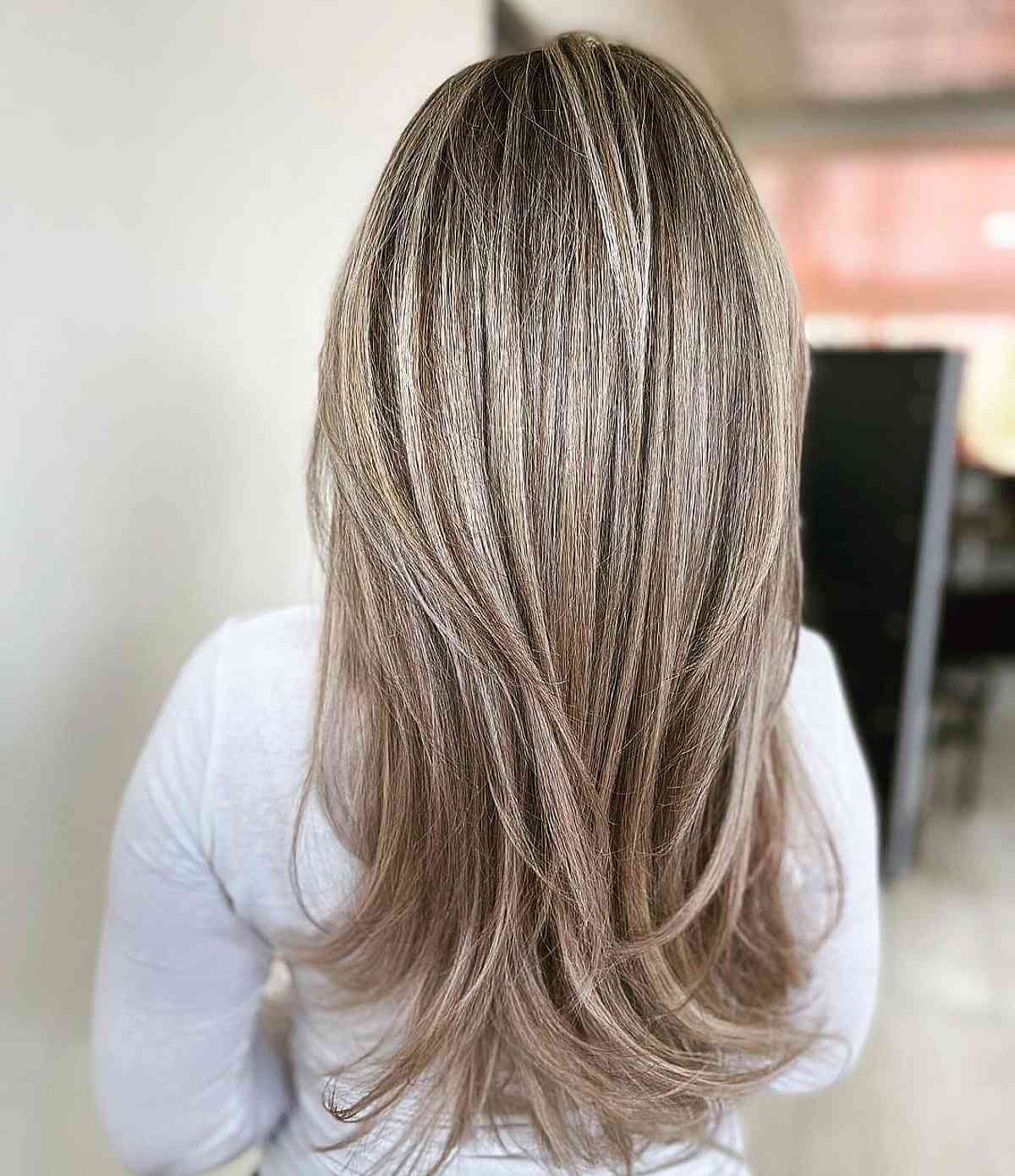Table Of Content

Strands are thicker in diameter than a 2A, and you'll have to put a bit more elbow grease into getting it straight. If you have type 2B hair, you can probably air-dry your hair and rock those coveted beach waves without much assistance from hot tools. Your waves may feature more of an S-pattern but may also be more prone to frizz. To amplify your waves, spritz on a leave-in conditioner to boost shine and tame flyaways.
The Science Behind Curly Hair
22 Best Curl Creams for Defined Hair (Reviewed for 2024) - Cosmopolitan
22 Best Curl Creams for Defined Hair (Reviewed for .
Posted: Wed, 27 Mar 2024 07:00:00 GMT [source]
Tightly coiled S-shaped corkscrews the size of a crochet needle. Type 3A curls are known as some of the easiest types of curls to manage, and with the right products, you probably don’t need a lot of styling. Type 2A hair grows straight at the crown and creases toward the end. Curlheads with hair type 2A have a fine texture that is very easy to straighten and requires a minimal amount of styling. The numbers 2, 3 and 4 (1 is straight hair, let’s not consider this) identify your curl, while the letters A, B and C indicate how tightly curled your curls are. If your hair has a slight curve to it, it's considered "type 2" wavy.
What are 2B or 2C curls?
Curly hair types are extensive, so discovering what type yours is, is an essential step in figuring out the best routine for your locks. Caring for your tresses begins with identifying your curly hair type, and what it needs. Our expert guide walks you through each type to help you make the most of your curls. People with 4B hair have densely packed strands with sharp Z-shaped angles instead of coils. Since this hair is highly prone to dryness, DiMeo tells clients to use gentle cleansing conditioners and to rely on moisture sprays and leave-in conditioners to keep hair hydrated between washes.

The Science Behind Curly Hair Types
Within each type are subtypes a, b, and c which further characterize the degree of curl. For example, a 3a curl pattern has well-defined, springy curls in an s-shaped pattern, while a 3c curl pattern are dense, volume-packed ringlets. This category encompasses hair that curls into springs and corkscrew shapes. When hair is wet, curls usually look like waves but take on a three-dimensional swirl shape as they dry. Look for products that are specially formulated for curls and to prevent frizz. This category is the one most likely to involve different hair types (fine, medium, or thick) and also combine wavy and coily strands.
This makes type 3 hair more prone to frizz and loss of curl definition, so properly moisturizing the hair strands is essential. Despite many misconceptions, this tightly coiled hair is quite fine and fragile. Coily hair grows at the same rate as other texture, however, if not treated properly it breaks more than other textures. Treat this hair type like a fine silk blouse – cleanse gently, detangle softly, and avoid harsh chemicals.
To take care for 2c hair, decrease frequent washing (or use a cleansing conditioner if you need to wash more frequently). The wave usually forms throughout the hair in the shape of an “S” like Type 2a, but the hair sticks closer to the scalp. Type 2b waves might be slightly frizzier on the crown of the head and tend to lose curl definition easily.
What Is Your Curly Hair Type?
It’s the key to designing a healthy hair care regimen to keep your locks looking fly. For those with 4A to 4C hair types, you'll want to use creamy cleanser like this one from Imbue. The lightweight yet silky texture will untangle the toughest of coils, plus the mix of baobab oil and Cupuacu butter will moisturize your curlies while keeping the frizz at bay. This specialized set from Verelle comes with a shampoo, conditioner and all-in-one cream for taming frizz and styling curls. This brand focuses on custom hair care instead of a one-size-fits-all approach. You'll also feel better knowing you're maintaining your natural hair with vegan ingredients.
For type 3 curls, a cleansing creme is beneficial for keeping your curls moisturized and refreshed. Although the cleansing creme doesn't foam and turn into a lather, it restores the hair with purifying oils and a water-mint essence. They vary from ringlets to corkscrews and are incredibly voluminous. Breyer says that these will have a circumference similar to a Sharpie marker. “Type 3b hair lacks the shine of 3a curls and tends to be coarse and dense—also prone to shrinkage and frizz,” she adds. Though there’s room for improvement, the basic curl types system can be a helpful roadmap on your curl journey nonetheless.
Customer Care
Within these types, there are three subcategories based on the intensity of the curl type’s pattern. Scientific literature has widely discussed the fundamental parameters of how curly hair behaves. Over the previous two decades, hair scientists have been studying the science behind curly hair to understand why curly hair behaves differently from other types. We believe that all curls are beautiful and should be enhanced in their natural form. Our curl-loving formulas are all cruelty-free, vegan hair products that do not contain silicones, sulfates or parabens. Type 3 hair ranges from loopy S-pattern curls to tight ringlets.

Strands are extremely tight and hold very small curls right from root to end. Breyer recommends using a pudding for styling if you have type 4 curls. The “pudding” helps to rescue shrinkage and makes your curly-oily hair look elongated and defined. In this product, you'll find cocoa butter infused with red palm oil, flaxseed oil, and coconut oil, which all work together to hydrate hair and improve its elasticity. “You have very dense, tightly packed corkscrews curls that are the circumference of a pencil or a straw,” Breyer explains.
Our goal here is to help clear up any confusion so you can not only understand your hair type, but find the best products that work for your unique hair type, and embrace it. The 4 main types of curls include Type 1s (straight), Type 2s (wavy), Type 3s (curly), and Type 4s (coily). Within each of these types are subcategories, based on the width of your curl, coil, or wave hair pattern. Type 3 curls can look different based on your subtype, but overall, they are defined, bouncy curls with an S-shape. Type 3 includes curls that range from loose, soft ringlets to tight corkscrew curls.

No comments:
Post a Comment